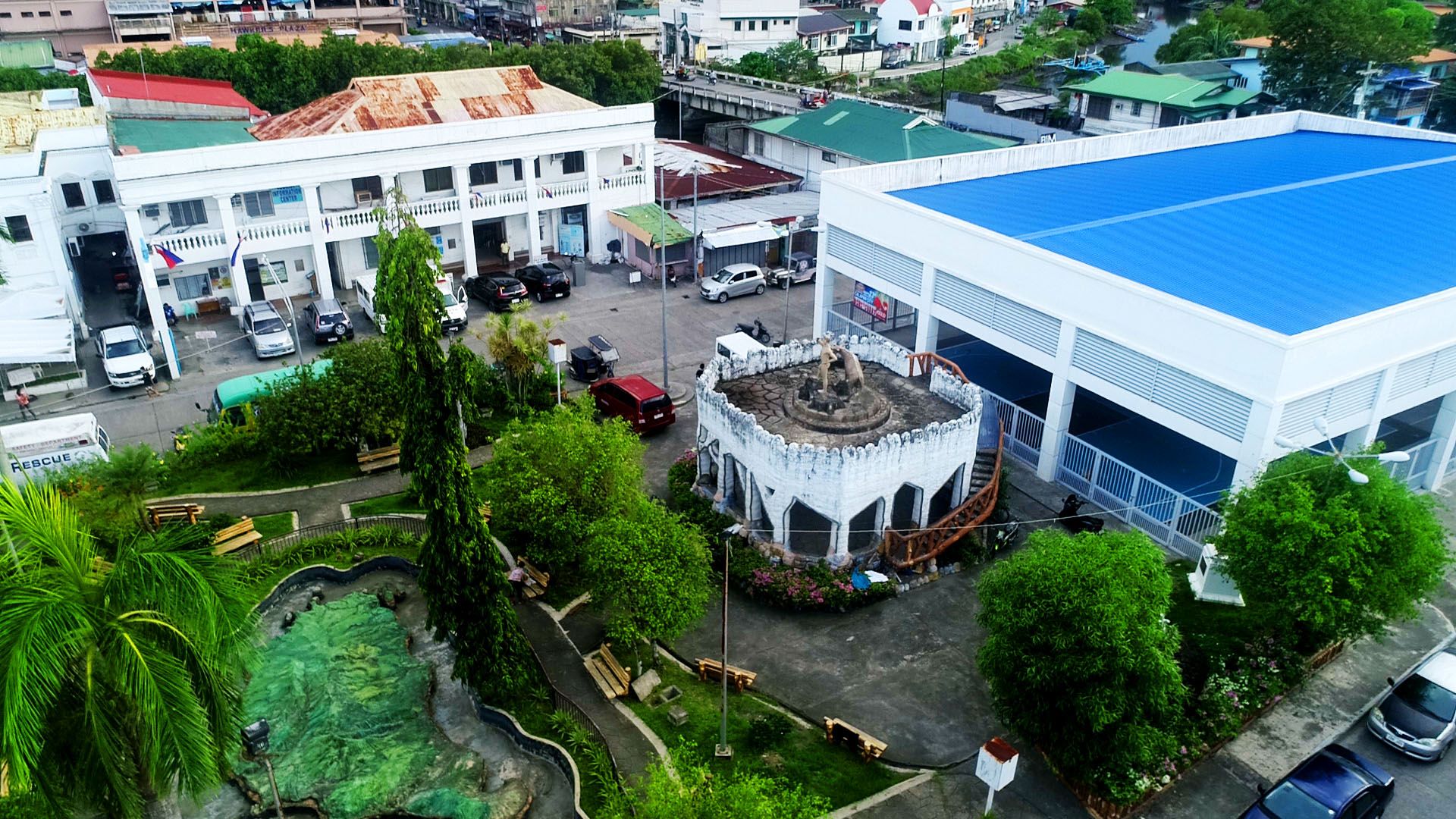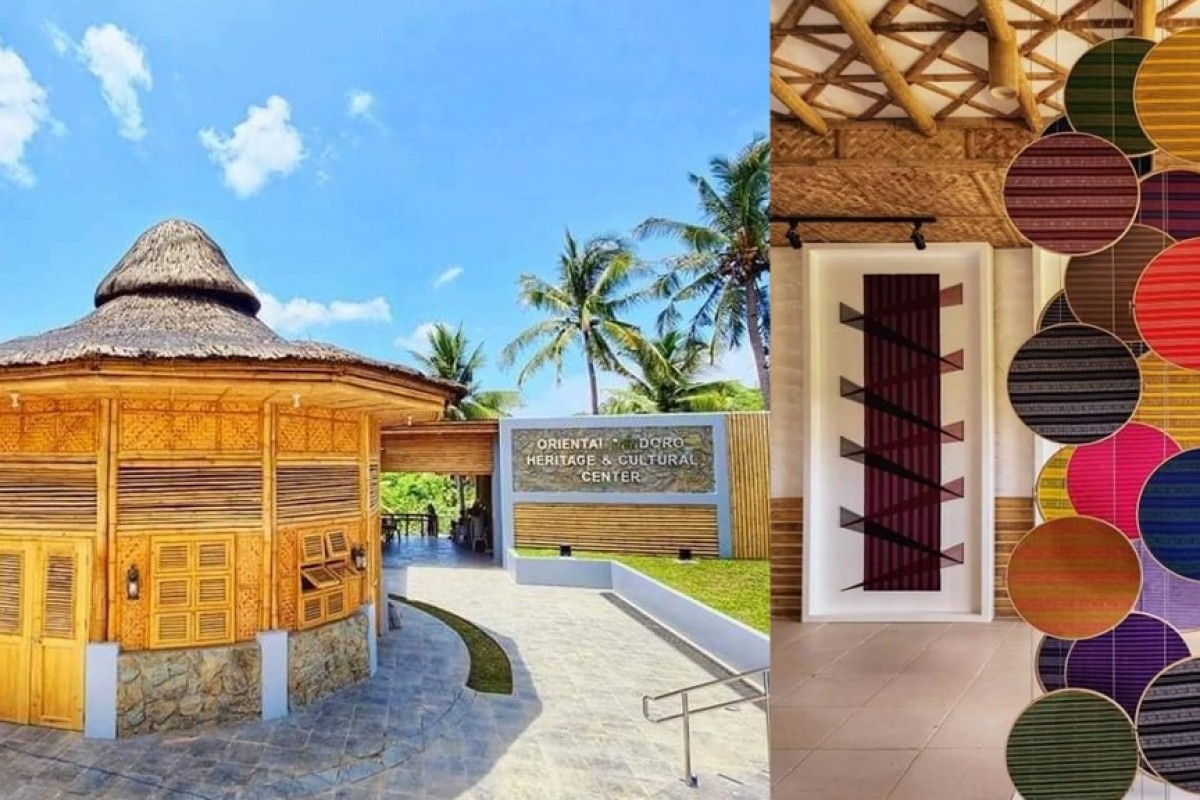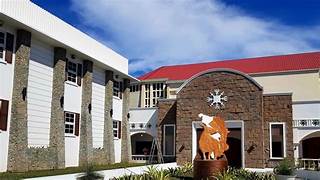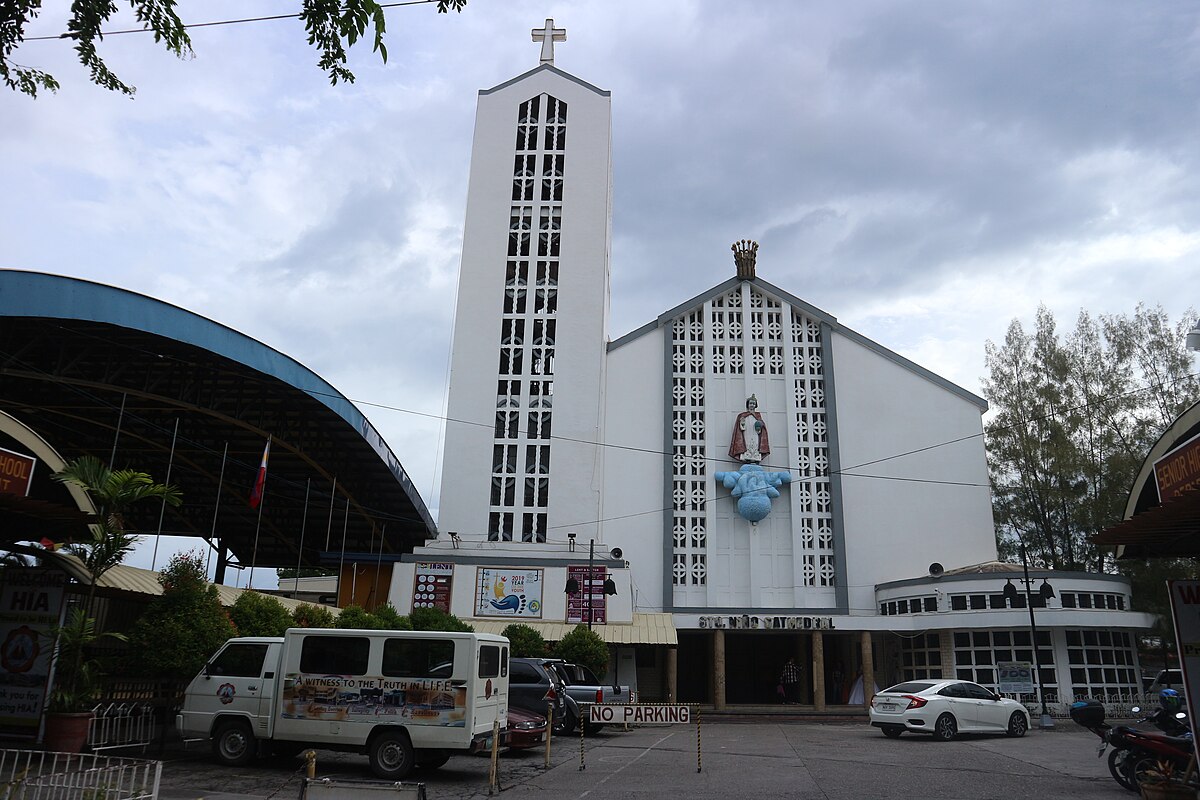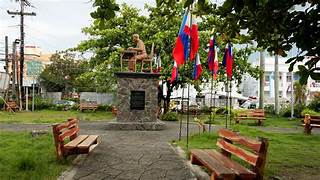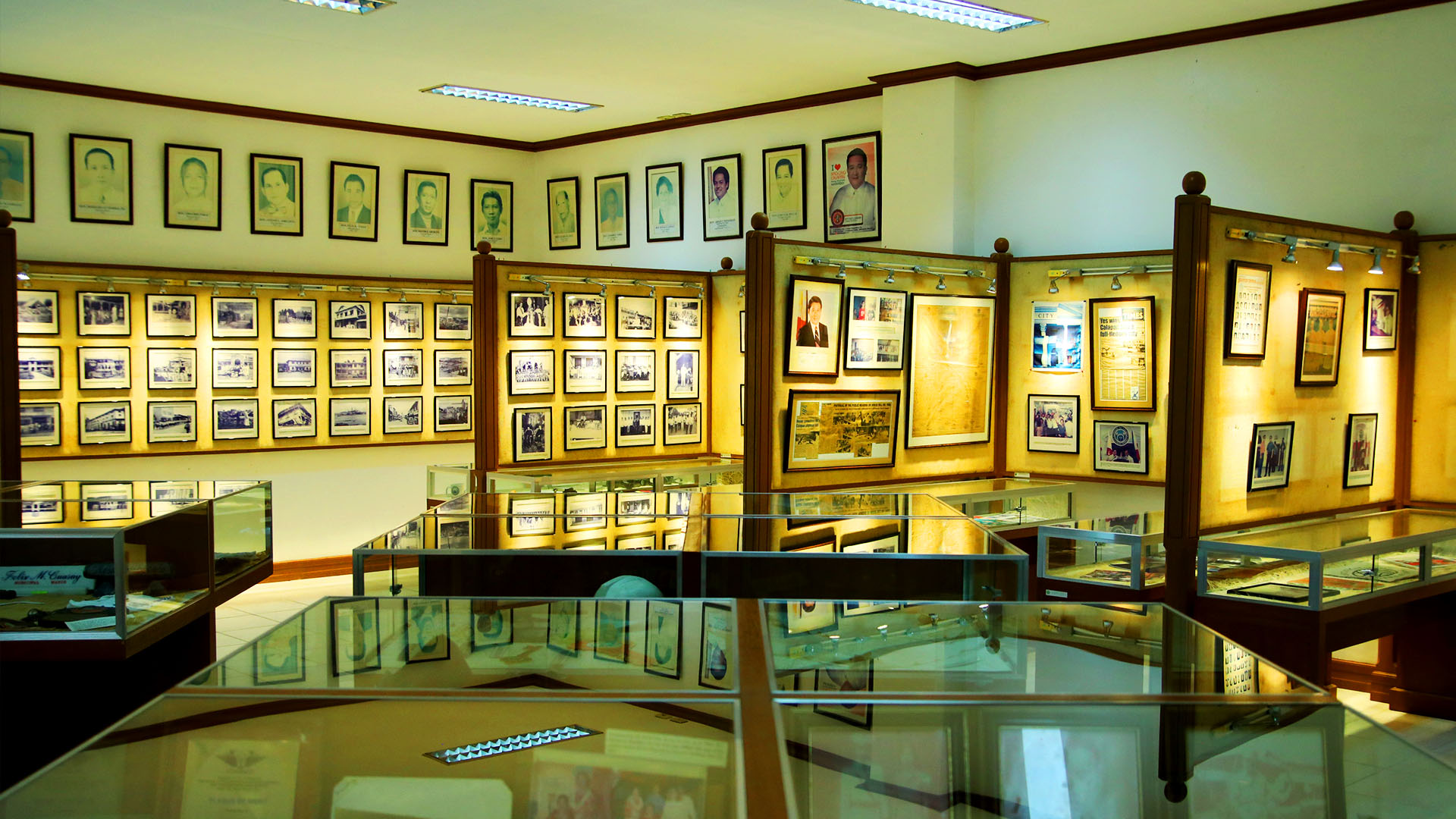Welcome to Calapan City in Oriental Mindoro, and welcome to Anthro on Foot's walking tour! This is a
self-paced walking tour that features key heritage sites and cultural highlights in the area. We hope you
enjoy this tour
as much as we enjoyed curating it!
The Mangyan people, an indigenous group in Mindoro, are among those who have deep roots in the
region.
They have a distinct cultural heritage, languages, and traditions that set them apart from other
communities in the country. The Mangyan population is composed of several subgroups, each with its
own language and way of life. The main Mangyan groups are the Tadyawan, Iraya, Alangan, Tau-Buid,
and Bangon.
Traditionally, Mangyan communities were engaged in swidden agriculture (or slash-and-burn farming),
hunting, and fishing. They cultivated crops such as rice, root crops, and fruits. The Mangyan also
have a rich tradition of weaving, and producing intricate handicrafts and textiles.
The arrival of Spanish colonizers in the 16th century marked a significant turning point, bringing
changes in governance, religion, and culture to the region. Like many indigenous groups, the Mangyan
people have since faced challenges related to land rights, education, and cultural preservation.
The origins of present-day Calapan City can be traced back to its beginnings as a small village
before the establishment of the initial Religious District in Baco. The district convent moved to
Calapan City in 1733, taking charge of the Northern Mindoro Ecclesiastical Area.
